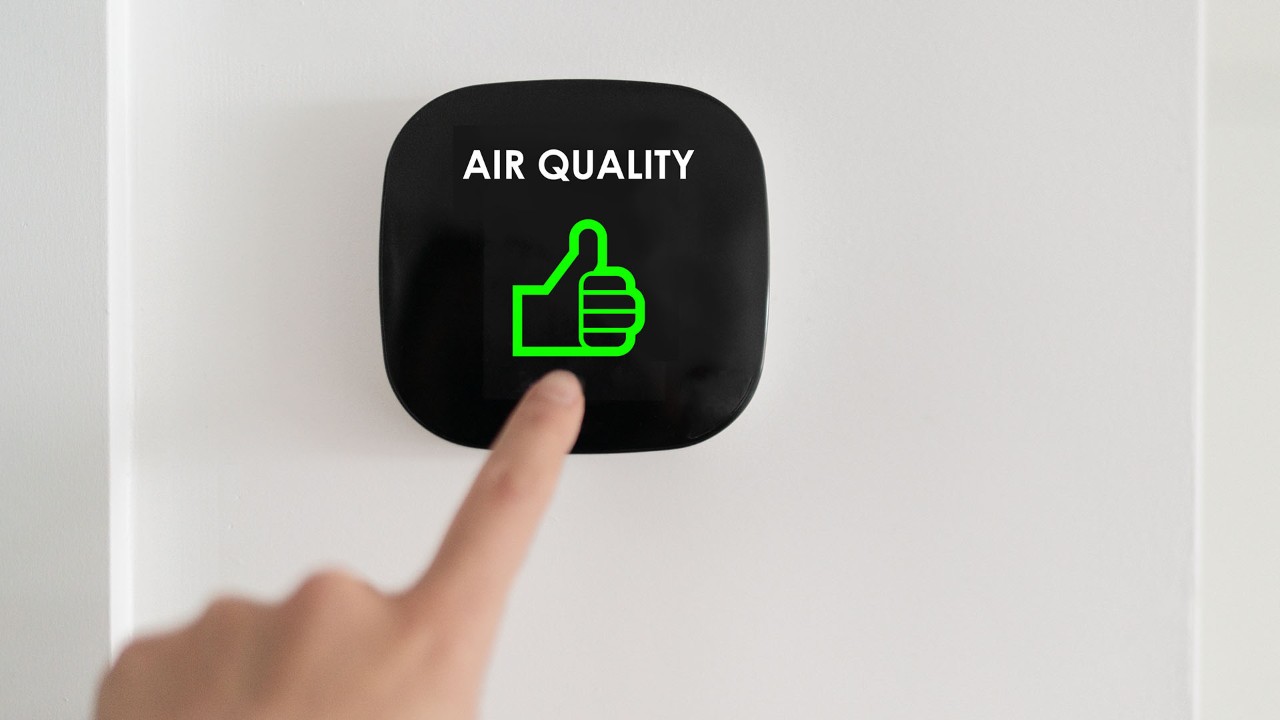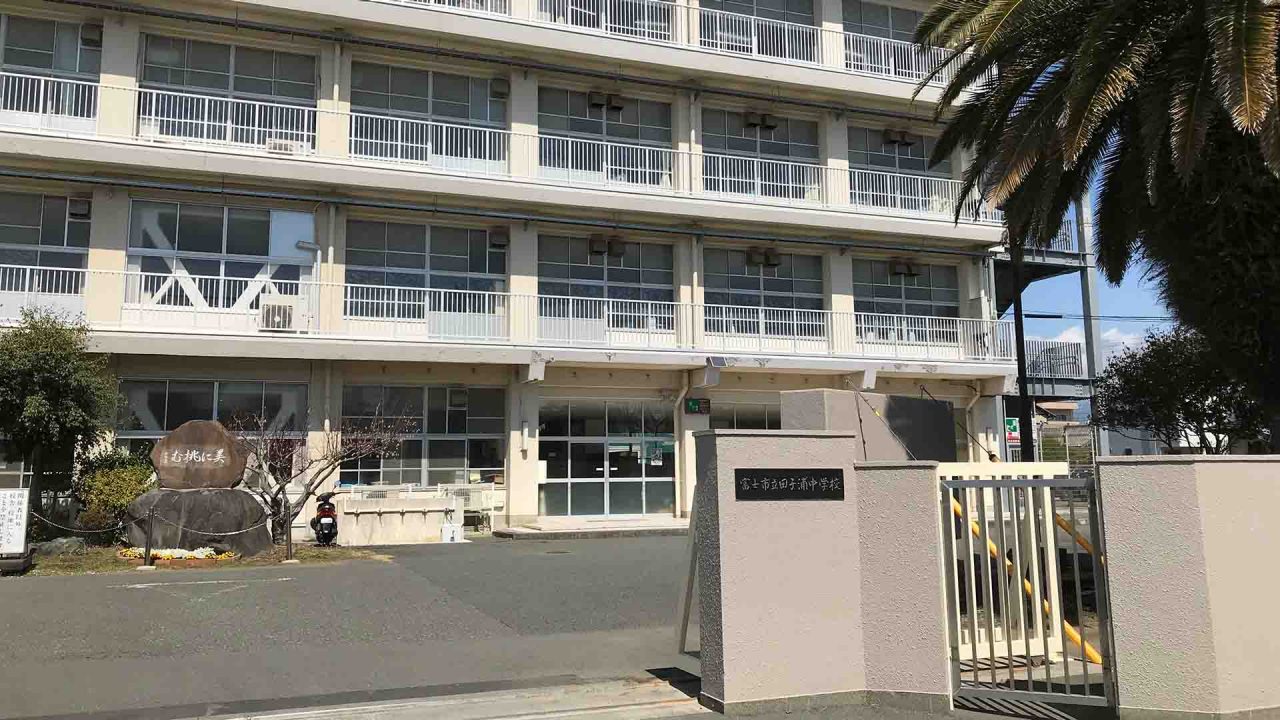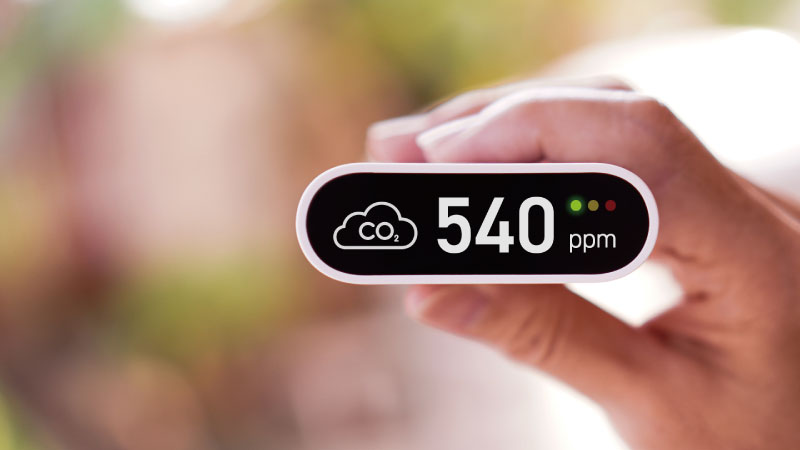For the Safety and Security of Children
Teachers have their hands full dealing with COVID-19 on a daily basis. Sensors must be used to monitor CO2 concentrations to objectively determine how effective ventilation is as a measure for infection control.
However, there are still a number of uncertainties in terms of how CO2 sensors are used.
In this issue, we will provide a step-by-step overview on how CO2 sensors are being introduced in educational settings, using a case study at a school. We hope that the use of CO2 sensors will serve as an opportunity to create safer and more secure environments for children.
CO2 Sensors
Teachers Today
Ventilation, an approach that has been incorporated in schools, is considered to be the least costly and most effective measure in controlling infectious diseases. However, the basis for determining its effectiveness as an approach for infection control is not rooted in scientific evidence, as it is not visible as a numerical value.
Using CO2 Sensors to Create a Clear,
Visual Image of the Growing Use of Ventilation
CO2 sensors are being introduced around the world as a method to visualize the effectiveness of ventilation in schools.
When introducing a CO2 sensor, it is important that it is an NDIR system capable of correctly measuring CO2 concentrations, and that it is portable so that it can be used to easily measure concentrations in different locations.
Case Study: Tagoura Junior High School (Classroom)
In this case study, we will present the results of a demonstration conducted in cooperation with Tagoura Junior High School on monitoring CO2 concentrations in actual classrooms and the benefits of improved ventilation. The ability to visualize air quality conditions has enabled all classrooms to maintain a CO2 concentration of 1500 ppm or less, the environmental health standard for schools in Japan.
Surprisingly Closed, Crowded and Close-contact Settings Revealed by the Case Study
Apart from classrooms, there are also other areas where crowd density is a cause for concern. It is important to use portable CO2 sensors to identify these sites so that remedial measures can be put in place.
Points to Consider When Installing CO2 Sensors
In order to correctly measure the CO2 concentration in a space, it is important that the sensor not be directly exposed either to the exhaled respirations of humans, nor outside air. In this section, we will introduce actual case studies to explain how to use CO2 sensors.
Case Study: Toho University
With the installation of a new ventilation system, Toho University’s Faculty of Science is turning the concept of visualizing CO2 concentrations into reality, in order to create a safe learning environment as we discover how to live with COVID-19. We interviewed Professor Toshiaki Furuta, Vice-Chancellor and Dean of the Faculty of Science at Toho University.
About Senseair
Senseair, which became a member of the Asahi Kasei Microdevices (AKM) Group in 2018, is a provider of gas sensors using NDIR: Non-Dispersive InfraRed technology. Our goal is to constantly develop and mass-produce new gas sensor technologies.














